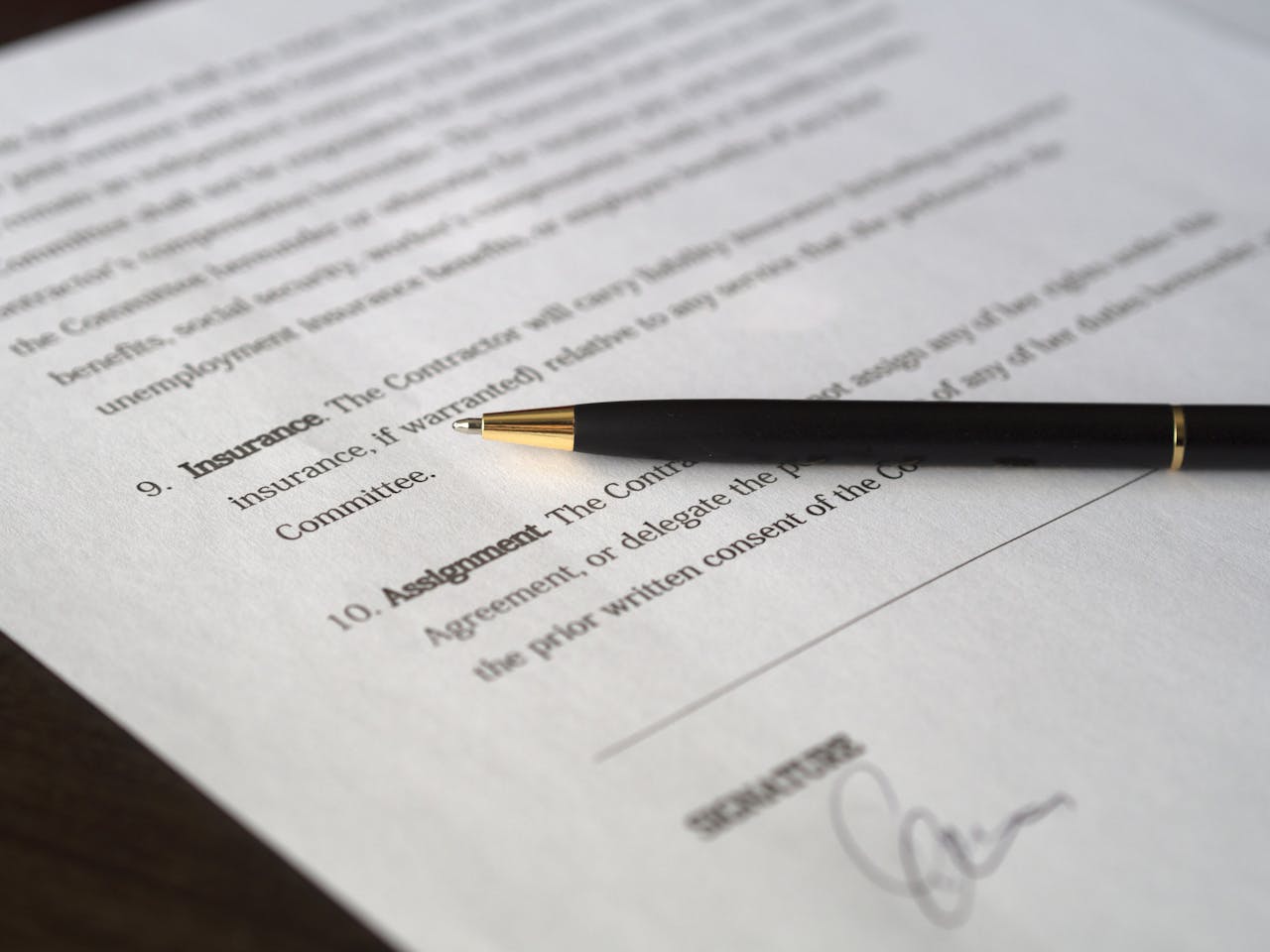
The Ultimate Guide to Saving Money on Car Insurance Premiums
Car insurance is a necessary expense for every driver, but that doesn’t mean you need to overpay for it. With a little knowledge and strategy, you can significantly reduce your premiums while maintaining the coverage you need. In this ultimate guide, we’ll explore practical tips and tricks to help you save money on car insurance without compromising your peace of mind.
1. Shop Around and Compare Quotes
One of the easiest ways to save money on car insurance is to shop around. Insurance rates can vary widely between providers, so it pays to compare quotes from multiple companies. Make use of online comparison tools to evaluate rates, coverage options, and customer reviews.
Pro Tip:
Don’t just focus on the cheapest premium. Consider the reputation of the insurer, the claims process, and the coverage limits to ensure you’re getting the best overall value.
2. Bundle Your Policies
Many insurance companies offer discounts if you bundle multiple policies, such as car and home insurance. This approach not only simplifies your insurance management but can also save you up to 25% on premiums.
Example:
If you’re already paying for renters or homeowners insurance, check with your provider to see if they offer a discount for combining policies.
3. Increase Your Deductible
The deductible is the amount you pay out of pocket before your insurance kicks in. By opting for a higher deductible, you can lower your monthly premiums. However, ensure that you can afford the deductible in case of an accident.
Recommended Deductibles:
- If you have a good driving record and rarely file claims, consider increasing your deductible to $500 or $1,000.
4. Maintain a Clean Driving Record
Your driving history plays a significant role in determining your car insurance premium. Avoiding accidents, tickets, and violations can help you qualify for lower rates. Many insurers offer discounts for safe drivers.
Additional Tips:
- Consider taking a defensive driving course to demonstrate your commitment to safe driving. Some insurers may offer a discount for completing the course.
5. Choose the Right Coverage
While it’s essential to have adequate coverage, you may be paying for extras you don’t need. Evaluate your policy and remove unnecessary add-ons like roadside assistance or rental car coverage if you already have alternative solutions.
Key Considerations:
- For older cars with low market value, consider dropping comprehensive and collision coverage.
- Ensure you meet your state’s minimum liability requirements.
6. Ask About Discounts
Insurance companies offer a variety of discounts that can significantly reduce your premiums. Don’t hesitate to ask your provider about the following options:
- Good student discounts for young drivers with high grades.
- Multi-car discounts for insuring more than one vehicle.
- Discounts for installing safety features like anti-theft devices or airbags.
- Low mileage discounts for drivers who don’t use their car frequently.
7. Improve Your Credit Score
In many states, insurers use credit scores to determine premiums. A higher credit score indicates financial responsibility, which can lead to lower rates. Focus on paying bills on time, reducing debt, and checking your credit report for errors.
Quick Tips to Boost Credit:
- Pay off outstanding credit card balances.
- Avoid opening too many new accounts at once.
8. Drive a Low-Risk Vehicle
The type of car you drive impacts your insurance costs. Luxury cars, sports cars, and vehicles with high repair costs typically come with higher premiums. Opt for a reliable, moderately priced vehicle with good safety ratings to save on insurance.
Recommended Features:
- Anti-lock brakes
- Airbags
- Anti-theft systems
9. Take Advantage of Usage-Based Insurance
Some insurance companies offer usage-based insurance programs that track your driving habits using telematics. Safe driving behaviors, such as avoiding hard braking and maintaining consistent speeds, can result in discounts.
Popular Programs:
- Progressive’s Snapshot
- State Farm’s Drive Safe & Save
10. Review Your Policy Annually
Insurance needs change over time, so it’s essential to review your policy regularly. Major life events like getting married, moving, or changing jobs can impact your premiums. Use these opportunities to renegotiate rates or explore new providers.
Checklist for Annual Review:
- Confirm coverage limits and deductibles.
- Check for newly available discounts.
- Compare quotes from other providers to ensure competitive pricing.
11. Limit Coverage for Teenage Drivers
Adding a teenage driver to your policy can significantly increase your premiums. To mitigate costs:
- Enroll them in a driver’s education course.
- Encourage good grades to qualify for student discounts.
- Consider purchasing an older, safer vehicle for them.
12. Avoid Small Claims
Filing frequent claims can lead to higher premiums. For minor damages, consider paying out of pocket instead of filing a claim. This can help maintain a clean claims history, which insurers reward with lower rates.
Final Thoughts
Saving money on car insurance premiums requires a proactive approach. By shopping around, maintaining a clean driving record, and leveraging discounts, you can lower your costs without sacrificing quality coverage. Remember, the cheapest option isn’t always the best—focus on finding a policy that provides the right balance of affordability and protection. Take the time to implement these tips, and you’ll be on your way to smarter, more cost-effective car insurance decisions.
Leave a Reply